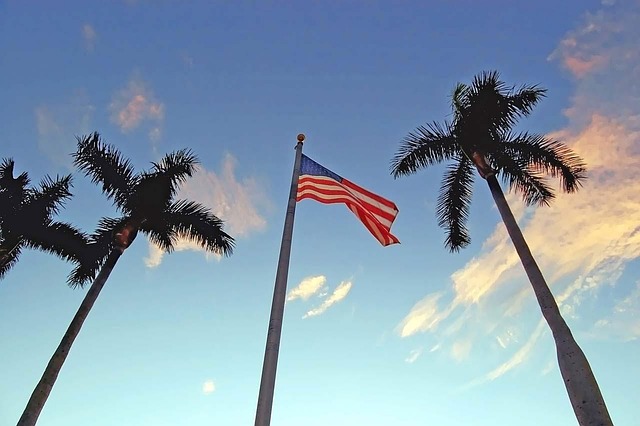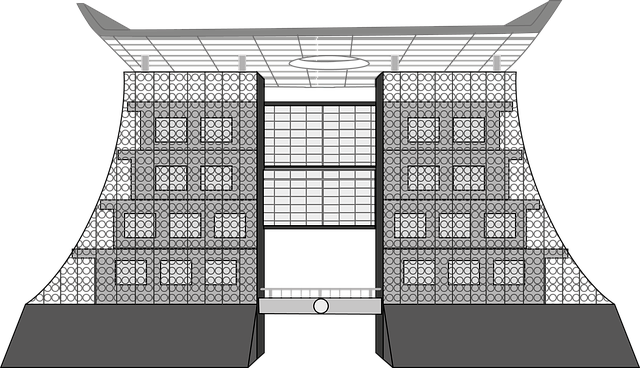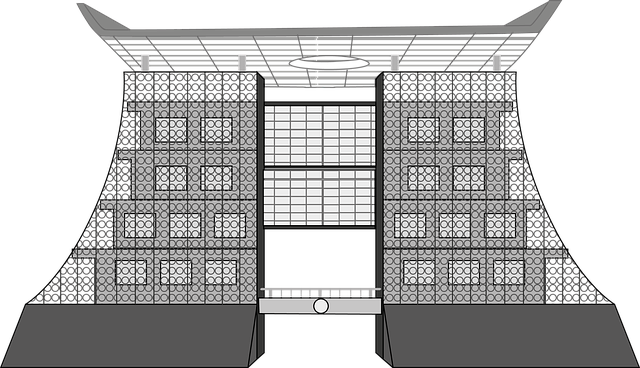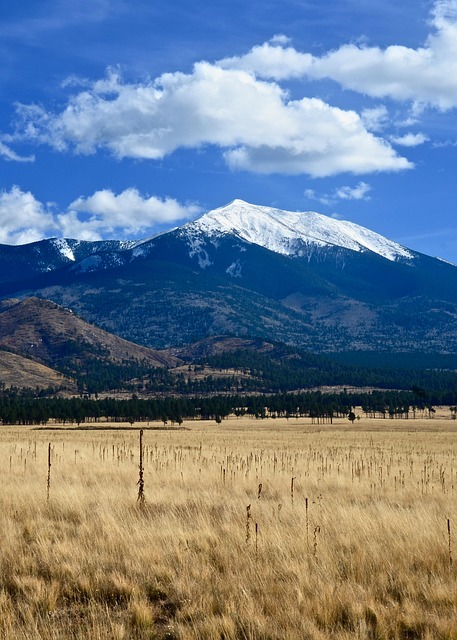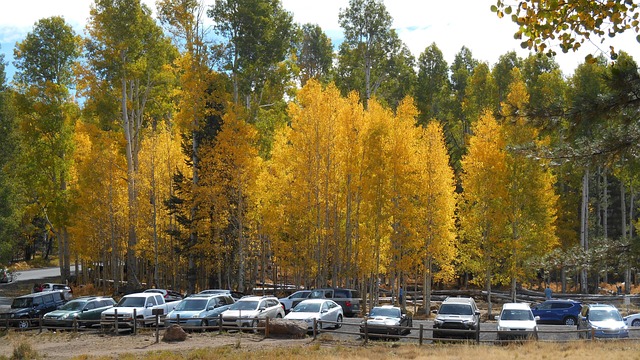Creating all-season outdoor spaces significantly boosts real estate value by offering residents extended access to nature. In colder regions, insulated structures like gazebos or covered patios enable year-round entertaining. Warmer climates benefit from shade features and water cooling. Seasonal plants and flowers ensure consistent visual appeal. Today's market prioritizes outdoor living, with homebuyers seeking well-designed exterior areas. Strategic investments in outdoor amenities enhance property value and attract buyers. Sustainable gardening practices, focusing on seasonless plants and biodiversity, create vibrant, ecologically balanced landscapes appealing to potential buyers and local wildlife.
Discover the magic of transforming your outdoor space into a vibrant wonderland that captivates all seasons. From design inspiration tailored to diverse climates to real estate tips highlighting the increased value of outdoor living, this article guides you in crafting a year-round oasis. Explore sustainable gardening practices and plant choices that bring consistent beauty, ensuring your home stands out as a desirable real estate gem throughout every changing season.
Creating All-Season Outdoor Spaces: Design Ideas for Every Climate
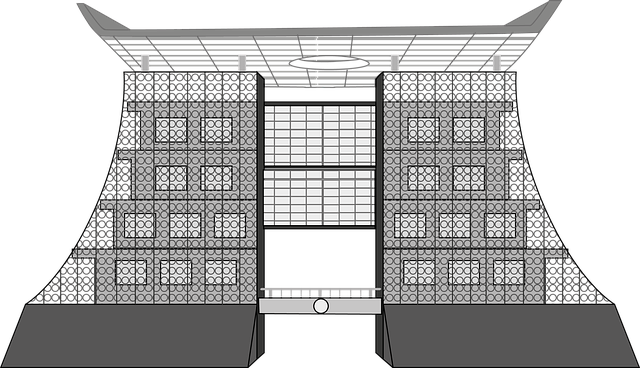
Creating all-season outdoor spaces is a game-changer for real estate, offering residents an extended period to enjoy nature and their surroundings. The key to designing such areas lies in adaptability; each climate presents unique challenges, but with thoughtful planning, it’s possible to cultivate a haven that thrives year-round. For colder regions, consider incorporating insulated structures like gazebos or covered patios, allowing for outdoor entertaining even when the weather is less than ideal. These spaces can double as transitional areas, blending indoor and outdoor living seamlessly.
In warmer climates, shade becomes essential. Large trees, retractable canopies, or pergolas provide relief from intense sunlight, making outdoor areas more comfortable during peak summer months. Water features like fountains or small ponds also serve as natural cooling mechanisms and attract local wildlife. Ever-changing seasonal plants and flowers can add color and interest, ensuring your outdoor space remains visually appealing throughout the year.
Real Estate Value Boost: The Appeal of Outdoor Living Features
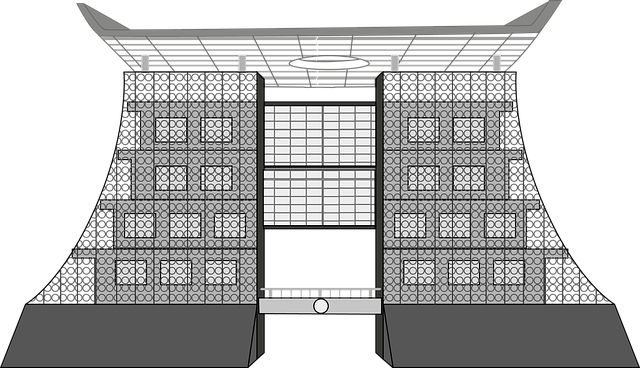
In today’s market, real estate values are heavily influenced by the appeal and functionality of outdoor living spaces. Homebuyers increasingly seek properties with well-designed exterior areas that offer year-round enjoyment and entertainment options. Incorporating features like outdoor kitchens, landscaped gardens, and patio spaces not only adds aesthetic value but also boosts the overall desirability of a property.
This trend reflects a growing preference for an integrated lifestyle where indoor and outdoor environments seamlessly blend. As folks spend more time at home, the quality and comfort of their outdoor spaces have become paramount. Real estate professionals recognize this shift, emphasizing that strategic investments in exterior amenities can significantly enhance property value and attract a broader range of buyers.
Sustainable and Seasonless Gardens: Plant Choices for Year-Round Interest

In today’s real estate market, buyers are increasingly looking for properties that offer year-round appeal and outdoor living opportunities. This trend extends beyond indoor design choices, encompassing landscape features as well. One way to achieve this is through sustainable and seasonless gardening practices, focusing on plant selections that thrive during all seasons. By choosing a diverse range of plants, homeowners can create a vibrant outdoor wonderland that provides constant visual interest and biodiversity.
For such gardens, evergreens play a crucial role by retaining their foliage year-round, ensuring a consistent natural ambiance. Additionally, selecting plants with varying bloom times ensures a continuous display of color and texture. This approach not only satisfies the aesthetic preferences of potential real estate buyers but also promotes ecological balance by supporting local wildlife and enhancing the overall environmental appeal of the property.
